How To Guerrilla Grow Cannabis
.jpg)
For cannabis growers living under prohibition, guerrilla growing can be a saving grace. In this guide, we'll review everything you need to know to successfully start—and finish—your very own guerrilla grow.
Not everyone can grow cannabis in the comfort of their own home or garden. You may not have suitable space for it, or your landlord, roommates, etc. may not share the same enthusiasm for weed as you do. But no reason to throw in the towel! Here is how you can guerrilla grow great cannabis!
What Is Guerrilla Growing?
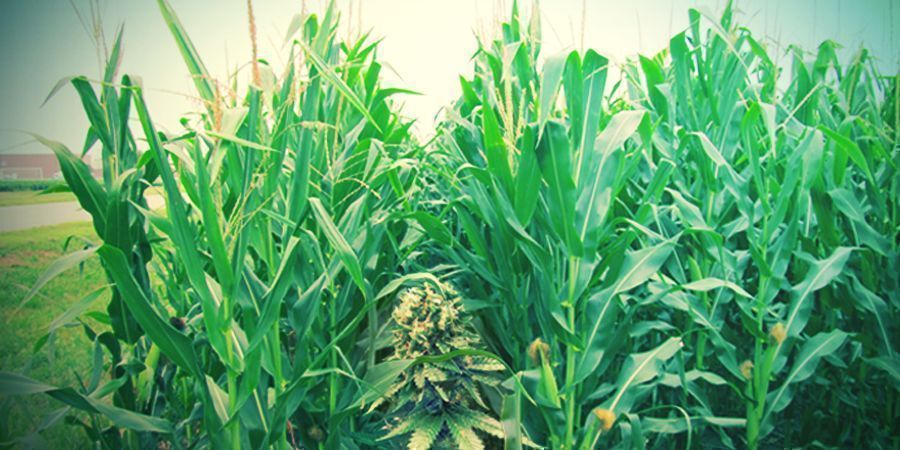
Quite simply, guerrilla growing means cultivating cannabis secretly outdoors. The location is usually “in the wild” and stealthy, as you want to ensure nobody will discover your plants. That means no busy public parks or pathways. However, a nice forest clearing can make a great location, for example.
Guerrilla growing is most often associated with growing weed; but, of course, you could also guerrilla grow other plants like vegetables or flowers. After all, not everyone has a garden, or perhaps you want to do a guerrilla grow simply out of curiosity.
What Are The Advantages And Disadvantages Of Guerrilla Growing?
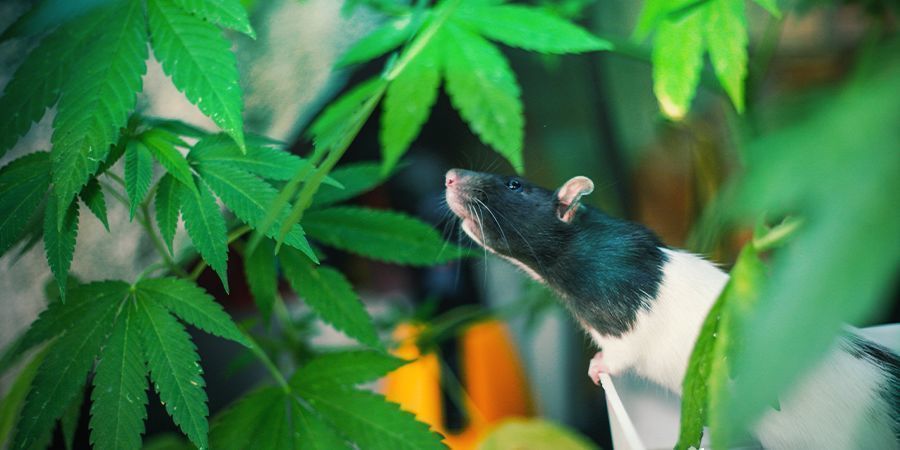
Guerrilla growing has obvious advantages; the first and most important is that you are less likely to be caught. Besides the fact that your cannabis plants are somewhere hidden in a forest, the risk of getting busted is also much lower. You don’t have to worry about cops or neighbors complaining about the cannabis smell or sight.
On the other side, taking care of your plants can be a bit harder when they aren't in your own garden. Next to that, growing out in nature can have risks too. Imagine what could happen to your growth with all the animals and bugs out there in the forest, or when stormy weather arrives... It is recommended to avoid areas with lots of rabbits burrows around, or take steps against these nibbling animals. The most efficient solution to rabbits is to plant chicken wire around you plant(s).
Where To Set Up Your Guerrilla Grow
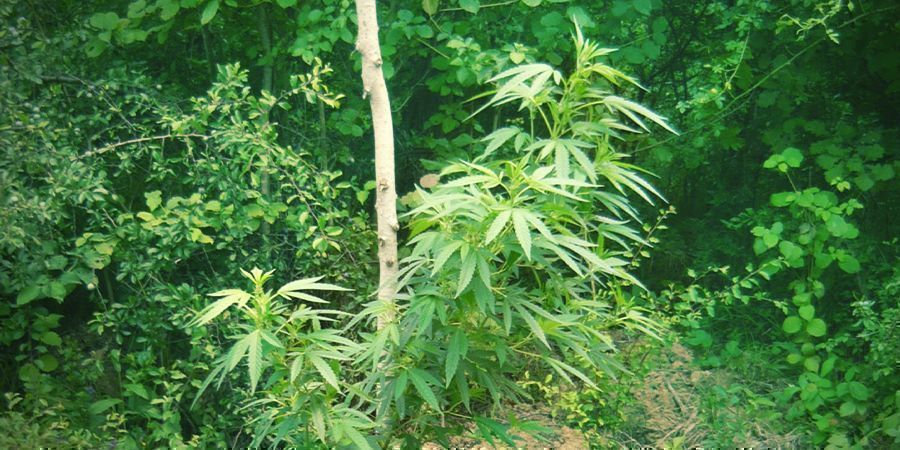
Now, you wouldn’t just go to your local park in the middle of the night, dig some holes, and drop your seeds in. Chances are this wouldn’t turn out very successful…
You’ll need to choose a better location. There are several ways you can go about guerrilla growing, and a number of factors that you need to consider with each location. Here are some factors to consider:
-
On The Ground Or High In The Sky
The first and probably most common option is to start your guerrilla growth on the ground. To avoid anyone finding your plants and stealing or destroying them, make sure to not plant near beaten paths or streets. Places like that are more easily discovered by passers by, since the odour of the grow will be noticeable up to 10 metres away, depending on the wind.
You can also plant your weed amongst bushes or other strong-smelling plants to provide natural camouflage and protection. Forests, fields, and abandoned farmland make good potential locations. You can choose to grow directly in the ground or in fabric pots, so you can move your plants around when needed.
Planting down on the ground always comes with a risk for discovery. Look for a nice spot high up, where other folks can’t as easily get to. This could mean growing on the rooftop of an abandoned building or setting planters high up in a tree. Just use your imagination, and we’re sure you’ll come up with a brilliant idea.
![]() Grow a few plants in a few different locations; if one of your crops is discovered, the others will still be hidden.
Grow a few plants in a few different locations; if one of your crops is discovered, the others will still be hidden.
-
Close To Water
A hidden spot near the water, such as a river, lake, or pond can be optimal for growing weed. You don't have to look suspicious running around with buckets of water. Furthermore, it might possible that you don't need to water you cannabis plants at all if your growth is close to water. Your plants can simply absorb the water that's already in the soil. A spot close to running water is also at less risk for frost.
-
Among Other Crops
Planting your weed among high-volume crops, such as in a cornfield, is a good way to hide it. If you grow on the edge of the woods or of a maize field, make sure you choose the sunny side of the field. Look where the sun sits in the sky at midday, where it comes up, and where it goes down. The more sunlight your plant gets, the bigger the yield during harvest will be.
![]() Use fast-flowering varieties that are ready before the field is harvested!
Use fast-flowering varieties that are ready before the field is harvested!
When To Start Your Guerrilla Grow
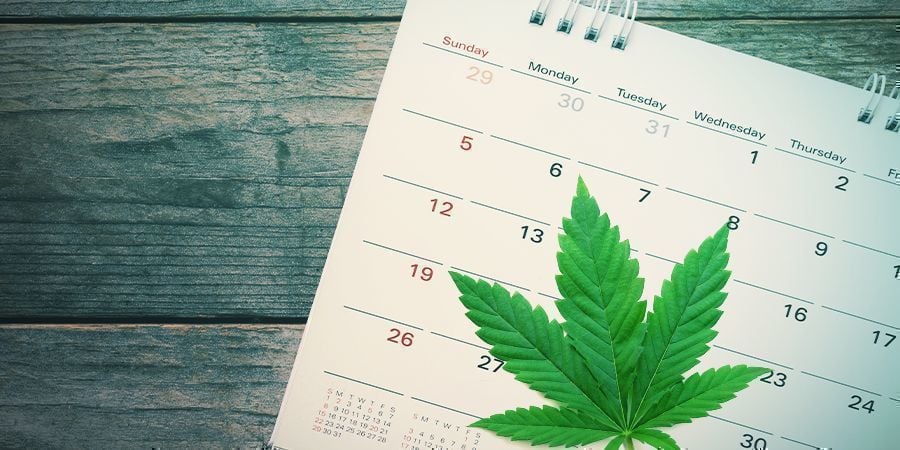
Timing is important; plant too early, and your weed may fall victim to cold temperatures and frost. Plant too late, and it may succumb to mould from the autumn rain.
If you’re growing photoperiod cannabis, timing is especially crucial. You want to make sure your plants have a decent veg time, as well as enough time to fully mature their buds before harvest. Since photoperiod strains flower based on available light hours, you’ll need to make sure they’re ready to do so when the time comes.
The best time to head outside depends on your local climate. Obviously, someone in a colder region, such as the UK or the Netherlands, will be more limited in their window than someone in, say, Southern Spain or Italy.
How To Set Up Your Cannabis Guerrilla Grow
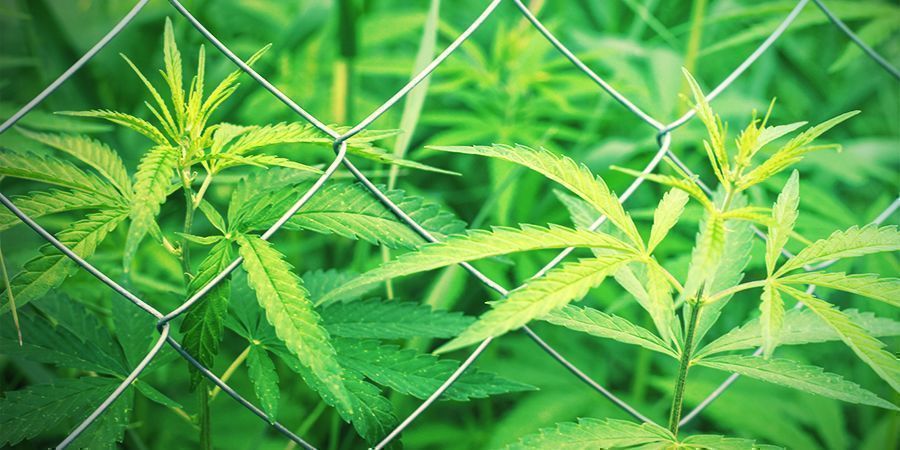
You’ve found a nice spot, and now you’re eager to plant your seeds. But hold your horses—we don’t want to do things half-arsed and then be disappointed at harvest time. It’s important to prepare if you want your guerrilla grow to go well.
1. Choose The Perfect Strain
You don’t want to grow monster plants that would alert everyone and their mother of your location. Choose compact strains and plant several. Autoflowers are excellent for guerrilla grows! Not only are they small and stealthy; they are also fast and robust.
2. Measures To Protect Your Plants
Out in the wild, lots of bad things can happen to your weed. Your plants can encounter thieves or cannabis-loving critters such as deer, rabbits, ants, mites, or slugs. Use a slug barrier and other preventative measures like predator urine or neem oil to keep pests away. Set up protective cages for your plants with chicken wire and wooden stakes. The latter can help plants withstand wind and heavy rain.
3. Prepare Your Plants
Wind and weather, cold and hot temperatures, and pests make a cannabis plant’s life challenging enough. Unfortunately, seedlings are particularly vulnerable in uncontrolled environments outdoors.
You can make it much easier on your weedlings by germinating seeds at home as opposed to outdoors. Allow them to develop into healthy little plants of up to 30cm before you set them outside. But don’t move them from inside right out into the open. You’ll need to introduce them to their new environment slowly. You can do this in your garden; let them get two or three hours of sunlight each day for a week or so.
4. Prepare The Planting Spot
Preparing your plants is one side of the story, but preparation of the planting spot is equally important. If you have found a secluded spot, but doubt the quality of the soil, you can still enrich it by adding professional potting soil or coco coir, as well as organic additives. Add some perlite and vermiculite for a lighter soil that will still hold moisture for dry times. For the best marijuana, you will need to use good potting soil, unless the soil on site is very loamy, dark, and rich-looking.
5. Let The Little Green Monsters Off The Leash
Once the plants are used to the outdoors and frost is no longer a potential threat, it is time to unleash your little green monsters. What you can do now is cut off the bottom of the pot and replace it with a small piece of cardboard (make sure to tape it there to keep things secure). Take the pots to your secret garden and remove the cardboard before placing them in the ground. If you are inclined to keep it a little greener, use pulp pots—they are biodegradable.
Maintenance Of A Cannabis Guerrilla Grow
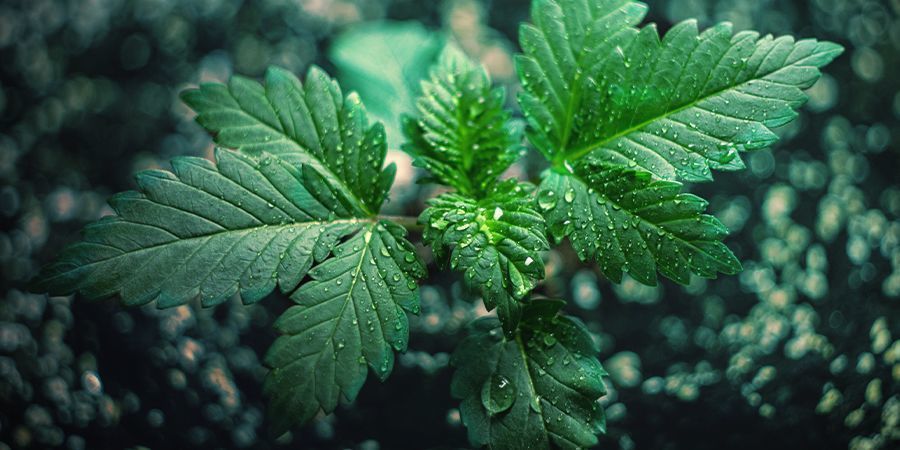
In a perfect world, you’d just plant your seeds, and after some weeks go back and harvest. If only it were that easy! Instead, you’ll want to check on your plants often as they grow along. Aside from watering them, you’ll need to inspect for pest infestations, give nutrients, and so forth.
If you’re regularly heading to your secret spot with a bag full of equipment, people may wonder what you’re up to. Not good. So let’s get a bit creative. Take a camera, binoculars, a fishing rod, or your dog on a leash. This way, if someone starts asking questions, you will have a good alibi—bird watching, fishing, taking the dog out, etc.
Go on foot to visit your plants so people nearby don’t see your parked car or bike. It can also be a good idea to wear dark clothing and only go at dusk. Another good time is during office hours, as most people will be at work.
 In Summer
In Summer
During the summer, heat and absence of rain can become an issue; any 10-day period without rain poses potential harm to your crop. Visit your plants at least once a week and be prepared to carry in enough water to saturate the roots completely.
When tending to your plants, make sure to examine them closely. Look for damage on the undersides of the leaves and along the stems, and fight any infestation immediately. Check your plants for signs of deficiency, in which case additional fertilization may be necessary.
 In Autumn
In Autumn
As autumn approaches, you’re advised to add some special flowering nutrients to max out your yield. This is the perfect time to sprinkle some bat guano around the root zone and water it in. Otherwise, any good flowering nutrients will do. These contain phosphorus and potassium, which your ladies will need to fatten their buds.
Harvesting Your Cannabis Guerrilla Grow
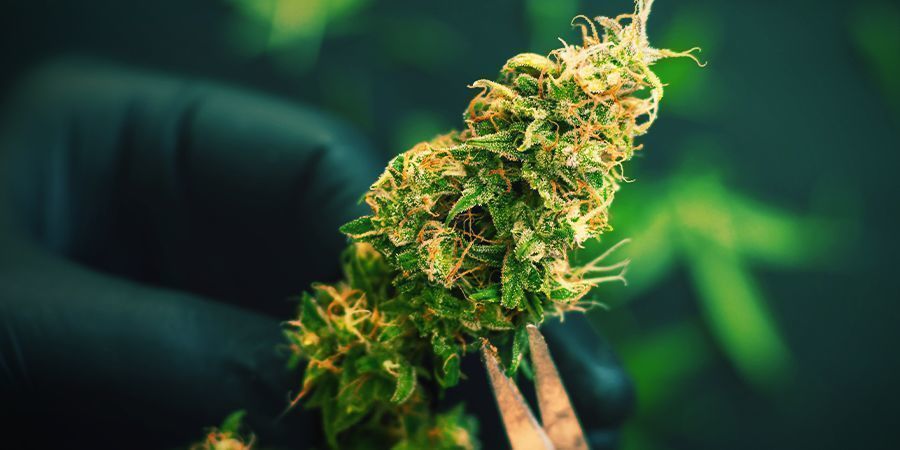
Finally, once summer has come to an end, your guerrilla ladies will be ready to harvest. But keep your expectations about yields realistic, as your plants are unlikely to produce max harvests. Because of that, and since there is always a chance that some of your plants may not survive for whatever reason, it’s a good idea to plant a few specimens to make up for the reduced yields of individual plants.
On harvest day, you’ll want to bring your crops in as covertly and swiftly as you can. Don’t spend a long time cutting or trimming buds out in the open. Work fast and place your harvest into airtight containers. You can do the other stuff like trimming at home.
Post-Harvest Measures (Optional)
When your chosen spot has proven safe and private, give something back to Mother Nature! Your plants have "eaten" plenty of nitrogen during their life cycle, so if you want to use the same spot again next year, consider planting a fall cover crop or grass in that space to improve soil conditions. Something like berseem clover or hairy vetch will do well over the winter and can be worked back into the soil in spring, naturally enriching it as the plant matter is broken down by microbes.
Guerrilla Growing Hints And Tips
Here are some tips to help you hide your cannabis plants when guerrilla growing:
- Out Of Sight, Out Of Mind: The most important rule for a successful guerrilla grow: keep your grow as discreet as possible. Choose spots far from footpaths and avoid locations that passersby might come across. Consider autoflowers for their short stature and fast life cycle.
- Camouflage With Companion Plants: Consider camouflaging your cannabis plants with similar-looking companion species. Moreover, plants such as lavender and peppermint can hide your plants both physically and in terms of odour. Plus, they act as natural pest repellents.
- Between Other Plants: Hide your cannabis amongst plants growing nearby. You can even grow them under a tree canopy or in a thicket of bushes. Just remember that cannabis needs direct sunlight, so don’t completely cover them up! Great plants to grow alongside your cannabis are bamboo, tomato plants, staghorn sumac, corn.
- Don’t Tell, Don’t Sell: The #1 rule when growing weed: don’t tell, don’t sell! It may be difficult not to share your joy about your outdoor ladies with others, but don’t tell—not even your sister or your best friend. The thing is, with every person that learns about your grow, the risk of discovery increases significantly. So keep your mouth shut and grow safe!













 United States
United States










